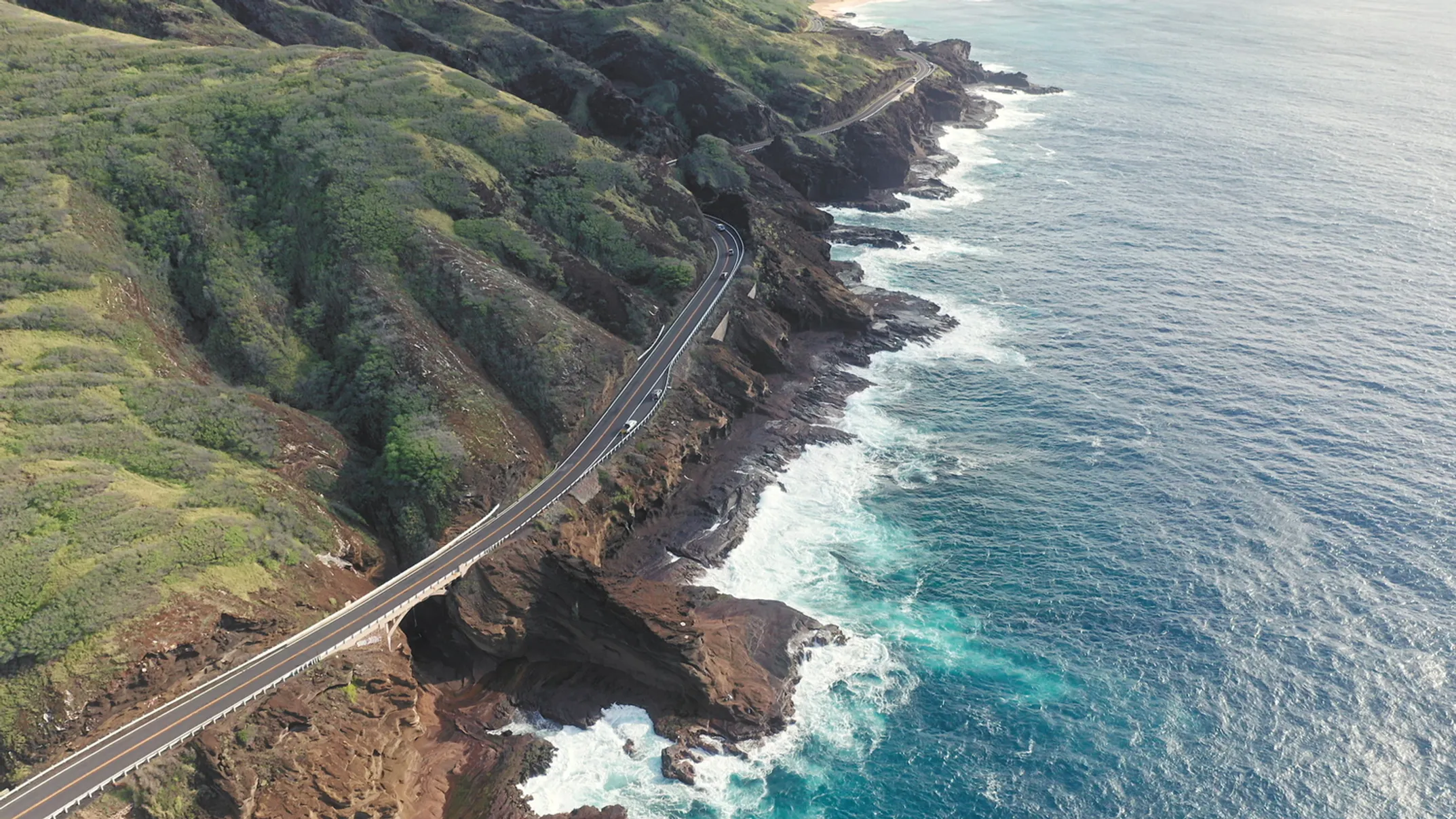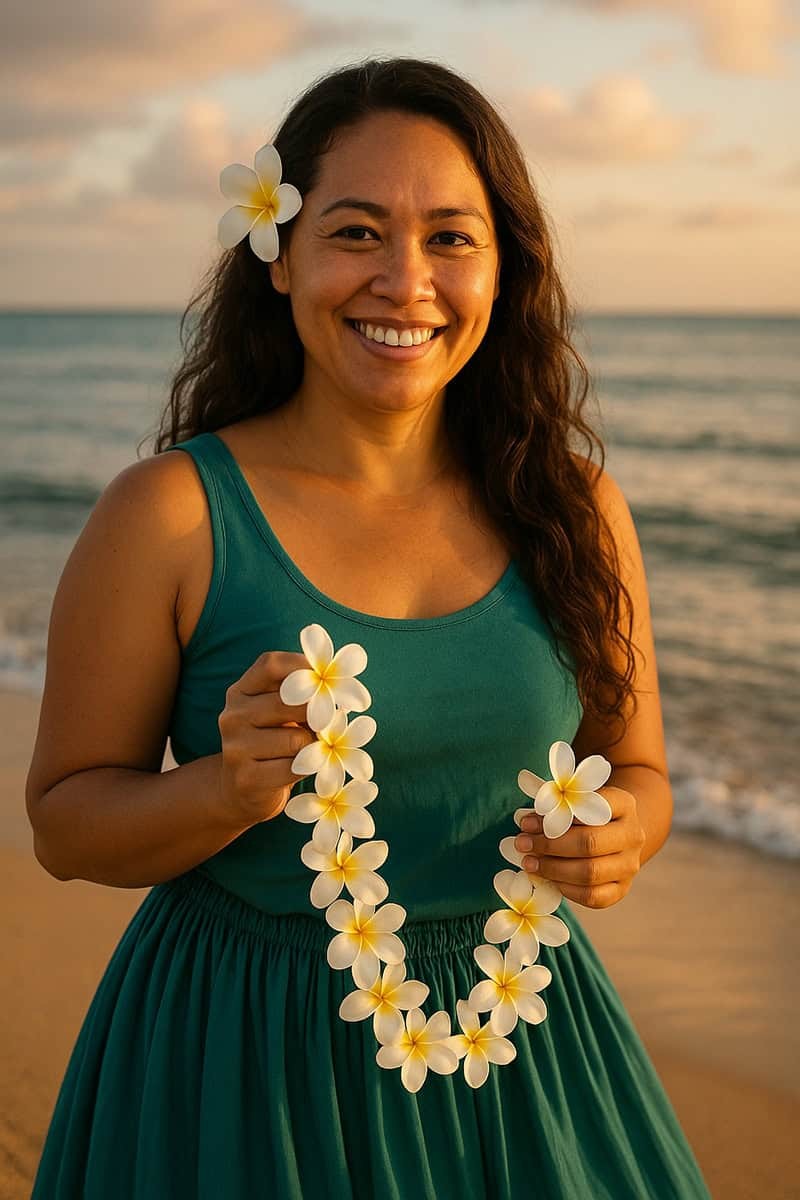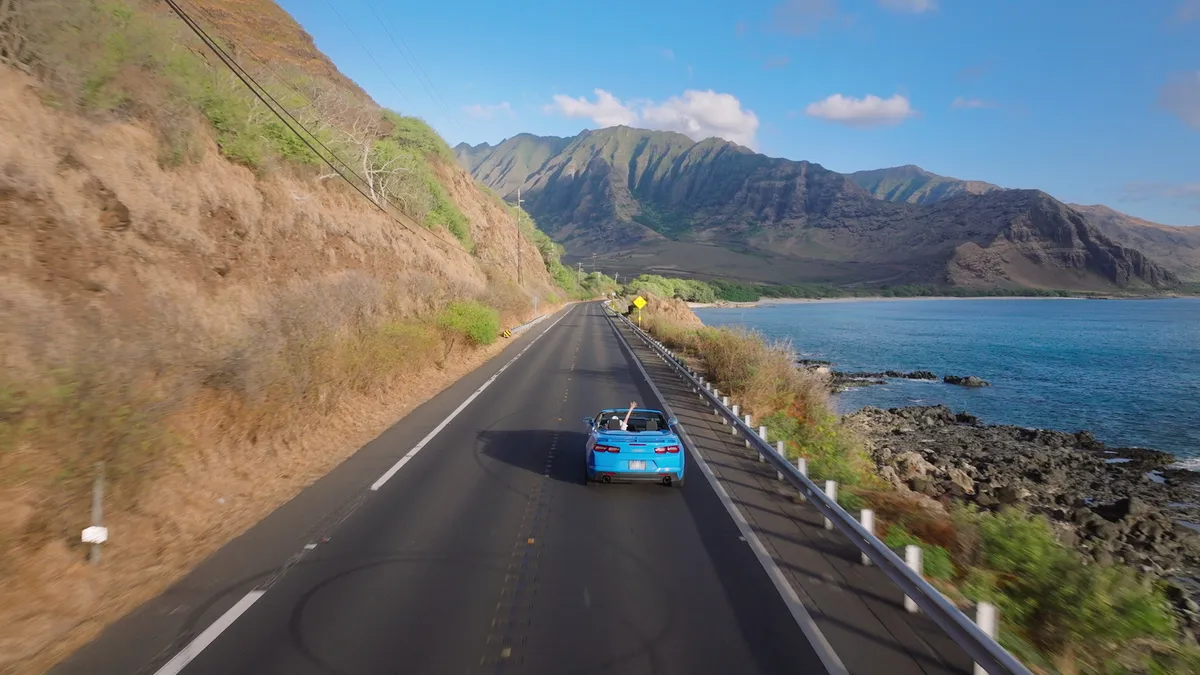

Driving with Pono
Essential island etiquette for navigating Hawaii's roads with aloha spirit

Written by a Local Expert
Leilani AkoThe Pono Driver's Handbook: Essential Island Etiquette
Before you turn the key, understanding the local road culture is the most important preparation you can make. Driving with pono—with righteousness and respect—ensures a safe and positive experience for both you and the local community. These aren't just tips. They are the unwritten rules of the road that flow from the heart of the Aloha Spirit.
The Shaka Code
You'll see it everywhere: a pinky and thumb extended, the three middle fingers curled. This is the shaka, Hawaii's most iconic gesture. Its origin is a story of aloha itself, traced back to Hamana Kalili, a sugar mill worker in Lāʻie who lost his three middle fingers in an accident. His unique wave became a symbol, first used by kids to signal that he wasn't around to stop them from jumping on the sugar trains. It eventually evolved into the all-purpose sign of goodwill it is today.
On the road, the shaka is essential non-verbal communication. When another driver lets you merge into traffic, a quick, low shaka out the window is the local way of saying "thank you." It's a greeting to a friend, a sign of mutual respect between surfers, and a general expression of "everything's good." It immediately diffuses tension and spreads aloha. Don't be shy. Embrace it.

The Pace of Paradise
Life moves differently here, and so does traffic. Aggressive driving is deeply frowned upon. Unnecessary honking is considered rude and startling, reserved only for genuine emergencies to prevent an accident. The pace is relaxed. If you find a line of cars forming behind you on a winding road like the Hāna Highway or Saddle Road, the courteous and expected action is to find a safe pullout and let the local traffic pass. Remember, you are on vacation. They are on their way to work, school, or home. Rushing is counterproductive and goes against the grain of island life.
Navigating with Aloha
Beyond pace, there are specific rules of the road that show respect and ensure safety:
One-Lane Bridges
Primarily found on Kauaʻi's North Shore and parts of the Road to Hāna, these bridges have a clear local protocol. The custom is to allow a group of five to seven cars to cross at a time before yielding to traffic from the other side. Patience and observation are key. Watch what others do and follow suit.
Parking with Purpose
Parking can be limited at popular spots. Always park in designated stalls and never block driveways, bike lanes, or the road itself. Heed the painted curbs: red means no parking, green indicates short-term parking, and yellow/white is for active loading/unloading. Illegal parking not only angers residents but can also result in hefty fines, especially along the Road to Hāna where enforcement is strict.
Respecting Private Property (Kapu)
Many of the most beautiful vistas and tempting trails you see may be on private land. The Hawaiian word kapu means forbidden or sacred. If you see a "No Trespassing" sign, a gate, or a fence, respect it. Venturing onto private property is not only illegal but deeply disrespectful to the families who call that land home.
Rental Car Realities
A car is essential for exploring the islands, but not all cars are created equal, and not all roads are approved for travel.
Booking
Rental cars are in high demand, especially during peak seasons. Book your vehicle well in advance to avoid disappointment and high prices.
Vehicle Choice
For the vast majority of drives, a standard sedan is perfectly sufficient. A 4WD vehicle is only necessary for very specific, rugged dirt roads, such as the one leading to Polihale State Park on Kauaʻi.
The Fine Print
Most rental car agreements explicitly prohibit driving on certain roads. These often include the unpaved "backside" of Haleakalā (Piʻilani Highway), parts of the West Maui Circle (Kahekili Highway), and the road to the top of Mauna Kea.
Important: If you choose to drive these restricted routes, you are violating your rental contract and assume all financial liability for any damage or towing, which can be extraordinarily expensive in these remote areas.
🗺️ Trip Planning Guide
Planning your Hawaiian adventure
Island etiquette & safety tips
Road to Hāna, Haleakalā & more
Big Island RoutesVolcanoes, coffee country & heritage
Oʻahu Coastal LoopNorth Shore & Windward Coast
Kauaʻi Garden IsleCanyon drives & North Shore
Responsible TravelDrone rules & conservation
🤙 Road Etiquette Essentials
- Give the shaka for courtesy
- Drive at island pace
- Pull over for locals
- Respect one-lane bridges
- Honor kapu signs
- Park responsibly
⚠️ Safety First
Use horn only for preventing accidents
Conditions change quickly in mountains
Watch for wild animals on remote roads
🌺 Key Hawaiian Words
- Pono: Righteous, proper
- Aloha: Love, respect
- Kapu: Forbidden, sacred
- Mahalo: Thank you
- Shaka: Hang loose gesture

